Located on the west bank of the Limmat River, 180 meters from Grossmünster Cathedral, Fraumünster Church was founded in 853 CE by King Louis the German (843-876 CE). According to legend, Louis' two pious daughters, Princess Hildegard (828-856 CE) and Princess Bertha (died 877 CE), lived in nearby Zürich at Baldern Castle, and they often visited the city to worship in front of the relics of Saints Felix, Regula, and Exuperantius at Grossmünster Cathedral. Early one morning, when the royal sisters made their daily visit to Grossmünster, they saw a white deer with its antlers burning in the dark forest. The two princesses followed the deer, which brought them to the edge of the Limmat River just across from the Grossmünster church. This meeting was repeated every morning until the sisters understood that God had given them a sign and intended them to oversee a religious sanctuary for women located on the edge of the river.
During the early Middle Ages and Middle Ages, the abbots of Fraumünster ran the monastery where many noblewomen from southern Germany, Switzerland and Austria took their religious vows. From the 10th century onwards, the abbey enacted rules and procedures regarding customs for goods entering Zürich, which could see the power of the abbey grow as they were appointed as mayor, act as judge in court cases, organize trade fairs, and mint their own currency. From after the 13th century AD, the nunnery was even given the title of "imperial princess". Thus, the incumbent ruler of Fraumünster was the de facto ruler of Zürich for most of the Middle Ages.
Fraumünster's architecture is a hybrid between Romanesque and Gothic styles due to continuous construction and remodeling over the centuries. The church is famous for its modern art and the interesting things to be found in its doors. Several frescoes by Swiss artist Paul Bodmer (1886-1983 CE) illustrate the founding of Fraumünster by Princess Hildegard and Bertha, as well as portraits of the patron saints of Zürich, Felix and Regula. August Giacometti (1887-1947 CE) – uncle of the famous Swiss artist Alberto Giacometti (1901-1966 CE) – designed the stained glass window on the north wall of Fraumünster in 1945 CE. Marc Chagall (1887-1985 CE) also worked at Fraumünster, he designed the stained glass window in the 1970s CE, next to the beautiful rose bushes located in the church on the south wall. The church organ with 5,793 pipes is the largest organ in existence in Zürich.
Address: Fraumünster, Stadthausquai 19, 8001 Zürich
Opening hours: - November - end of February: every day 10:00 - 17:00
- March - end of October: every day 10:00 - 18:00
 Register
RegisterSign in Travel Agent
Sign in Supplier
Sign in Affiliate
Sign in Guru


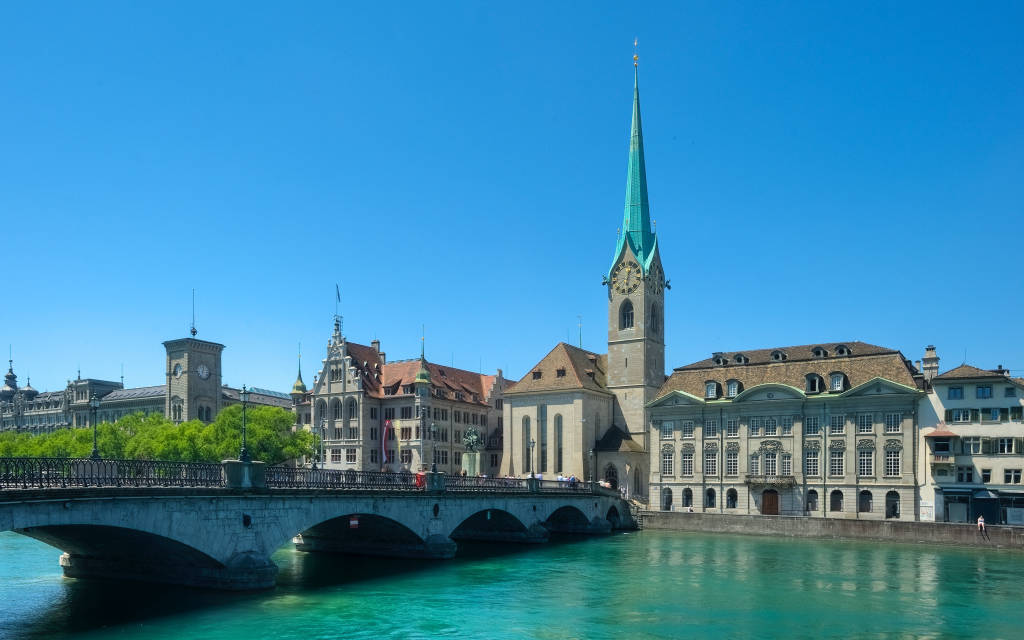
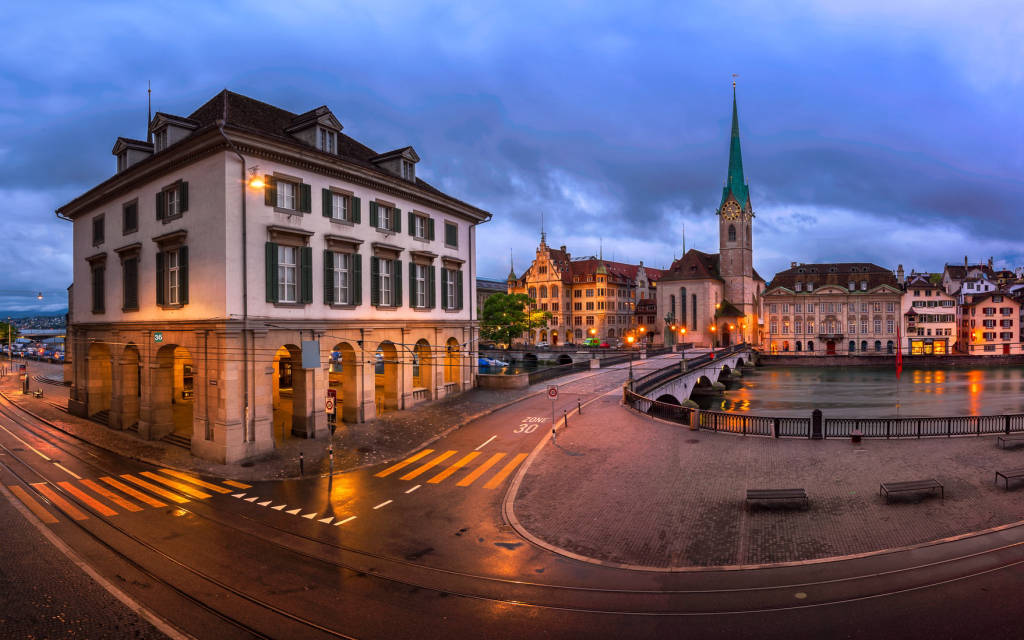
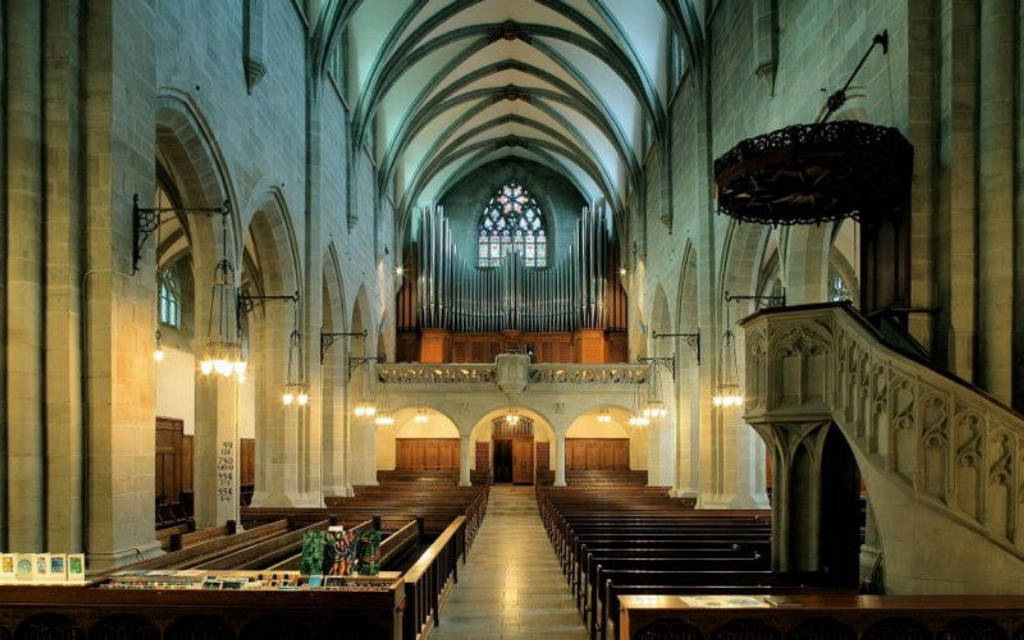
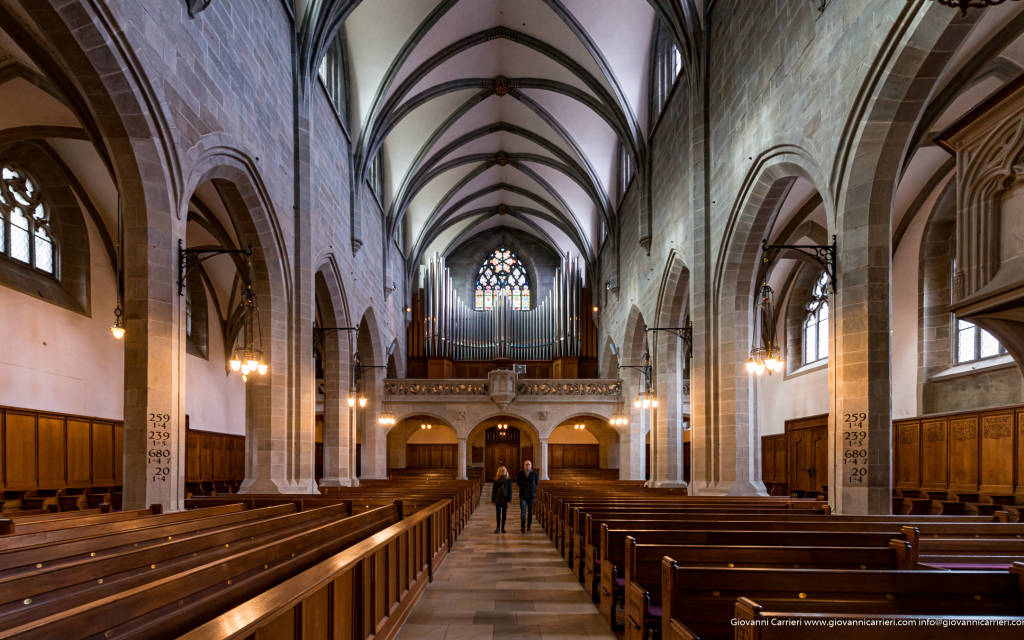
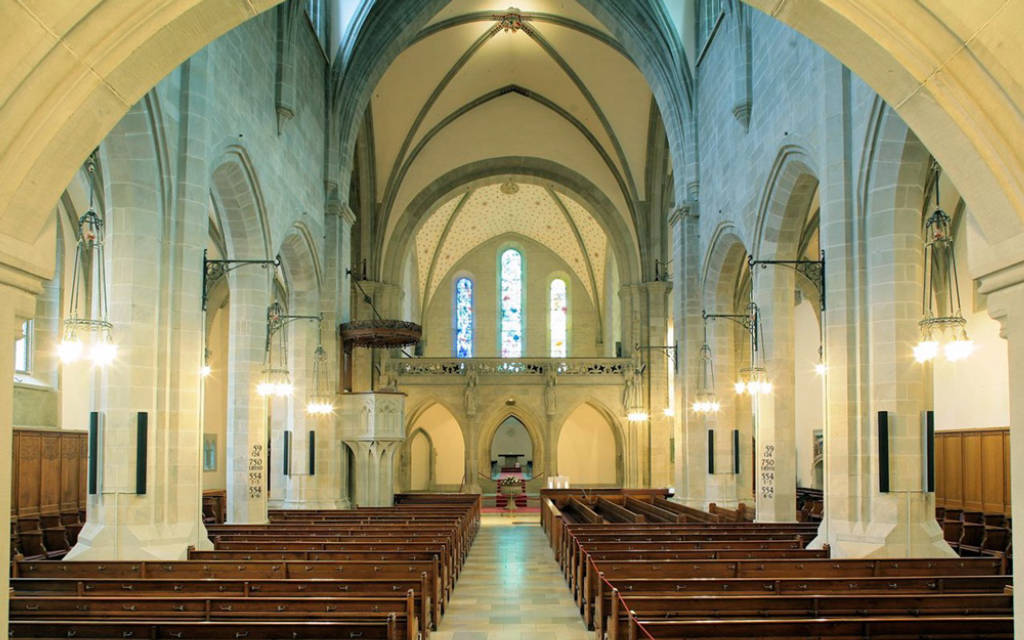
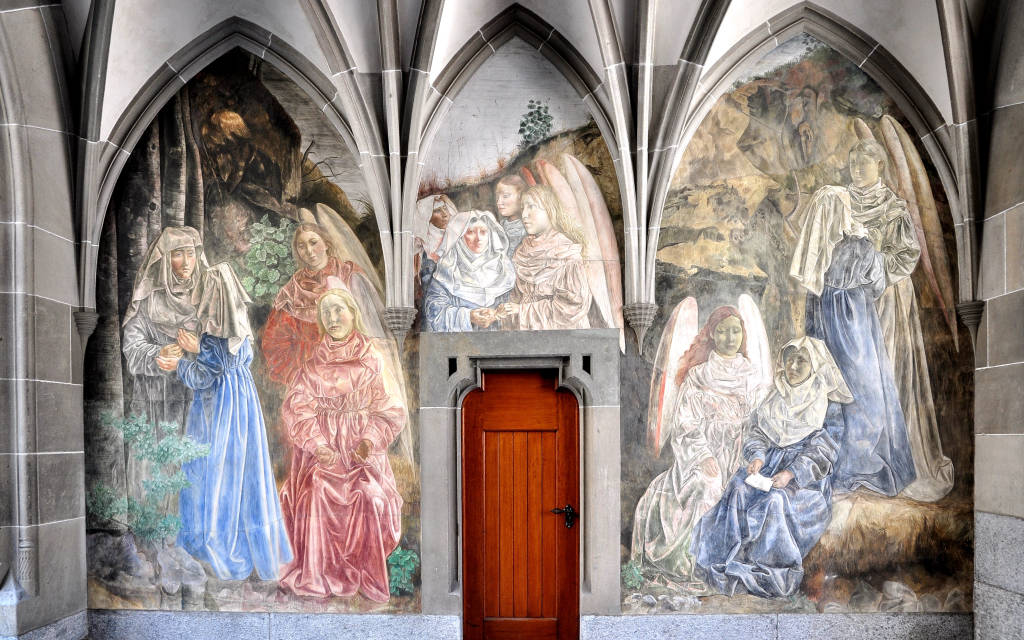
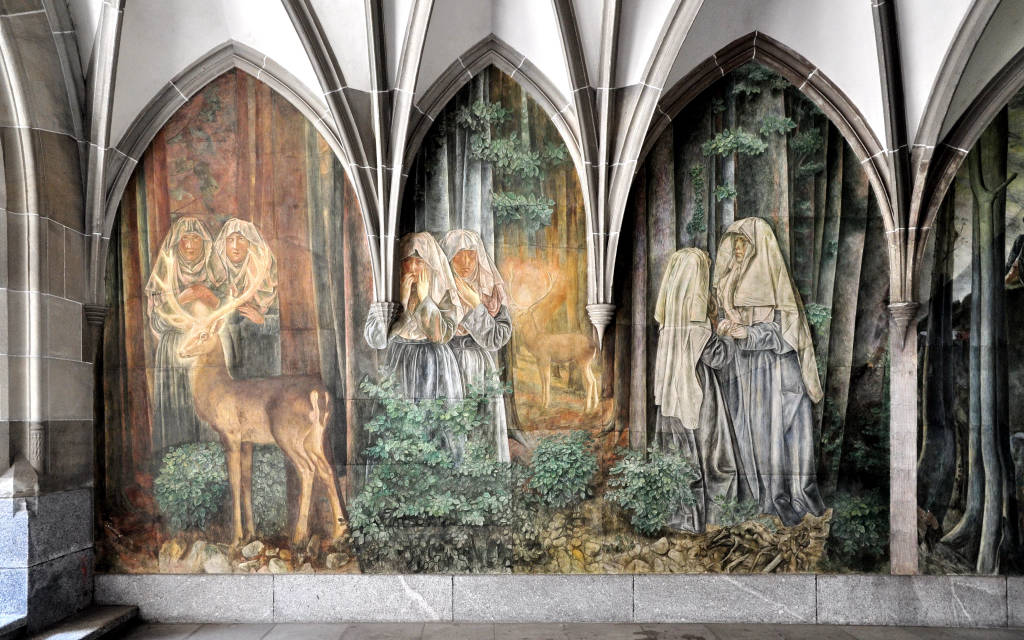
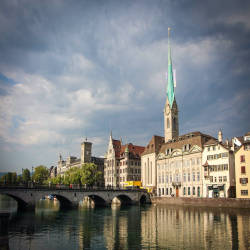







 Kirche Fraumünster, 8001 Zürich, Switzerland
Kirche Fraumünster, 8001 Zürich, Switzerland